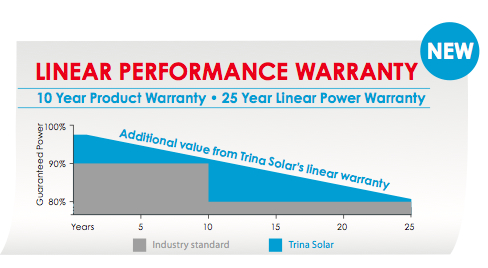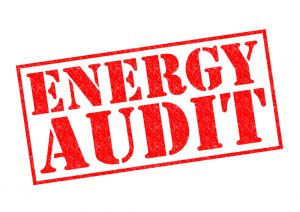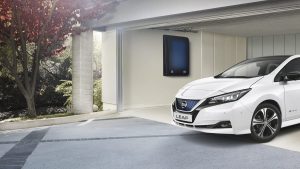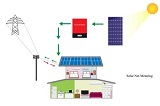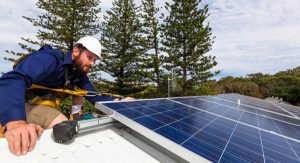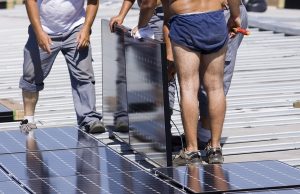Warranties on solar panels are a little different from warranties on other types of household appliances. For instance, a ten-year warranty on a washing machine promises that the machine will wash clothing exactly the same in year ten as it did in year one, of used properly. A warranty on solar panels is sometimes called a “performance guarantee” rather than a warranty because solar panels do degrade slightly over time, and their performance drops. They continue to make power, but a little less each year.
People often mistakenly think that solar panels will be “worn out” at the end of their 25-year warranty. Actually, most panels will continue to make power for many, many years after the warranty has expired. For instance, Sweden’s first grid-tied solar array, installed in Huvudsta, Stockholm 1984 is still producing power reliably, with little to no degradation of performance after more than 30 years! And remember… solar panel technology has improved exponentially since 1984.
Let’s look at a typical warranty from a major solar manufacturer. Kyocera will replace a solar panel if that panel exhibits, “…a power output of less than ninety-seven percent (97%) of the original minimum rated power specified at the time of sale” in the first year, and in year two through year twenty-four “a power output degradation rate greater than seven-tenths of one percent (0.7%) annually,” or an output of “less than eighty-percent (80%) of its rating within year the first twenty-five years.”
Simply put, solar panels have such a strong performance and durability track record that manufacturers will replace them with brand new panels if their performance drops more than 20%, even after a quarter of a century of daily use!
Of course, not all solar panels are created equal, and some types of panels will have longer or shorter life expectancies based on the material from which they are made. According the the U.S. National Renewable Energy Laboratory (NREL) Monocrystalline silicone (mono-Si) has an expected annual performance drop of less than 0.36%, whereas Polycrystalline silicon (poly-Si) has a higher rate of degradation, as much as 0.64% per year. Amorphous silicon (a-Si), which is used for lightweight, flexible and portable panels, can lose as much as 0.87% each year. As you can see, the portability of amorphous panels doesn’t come without a downside– they don’t last as long as other types of panels.
What does all of this mean for the typical Canadian solar buyer? For those who participate in the microFIT program, it means that they will be getting very consistent production out of their panels for the 20-year duration of their microFIT contract. Coming out of that contract, their panels will continue to produce, and they can roll into a net-metering arrangement with a system that is still making nearly as much power as the day it was installed. Not bad, right?
To be clear, not every piece of a solar array is guaranteed to last as long as the panels. Inverters, typically, have a shorter lifespan than panels. Most string inverters, like the “Sunny Boy” line from German inverter giant SMA, typically come with 5-10 year warranties with an optional 20-year extended warranty. Microinverter manufacturers are trying to extend the useful life of their products, and Enphase now offers a 25-year warranty on their microinverters. Typically though, inverter technology is advancing at a rapid pace and most customers plan to update their inverters at some time during the lifetime of the system. Also, with rooftop solar, the lifespan of the roof itself may play a role. Solar panels may need to come down temporarily to re-shingle.
When compared to other household appliances like furnaces, air conditioners, washer dryers, etc, Solar arrays have one gig advantage. No moving parts. There is basically nothing to wear out, which means that your investment in solar should continue to give you returns for 25, 35, 45 years… or more!



